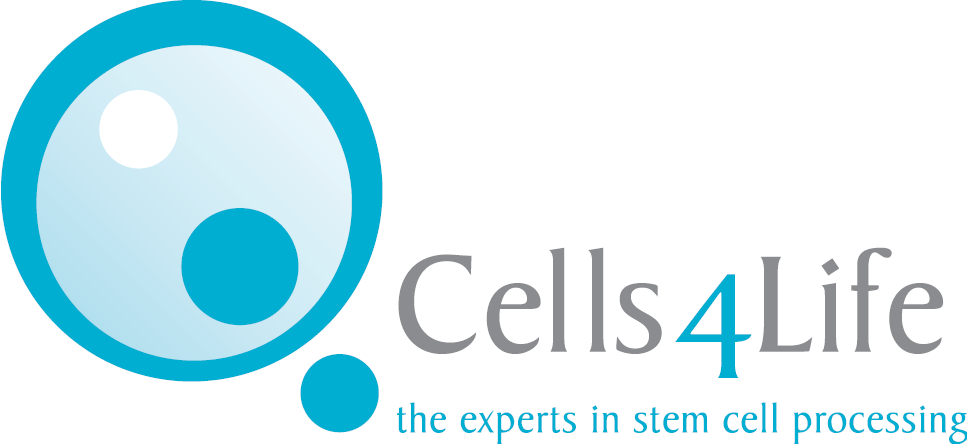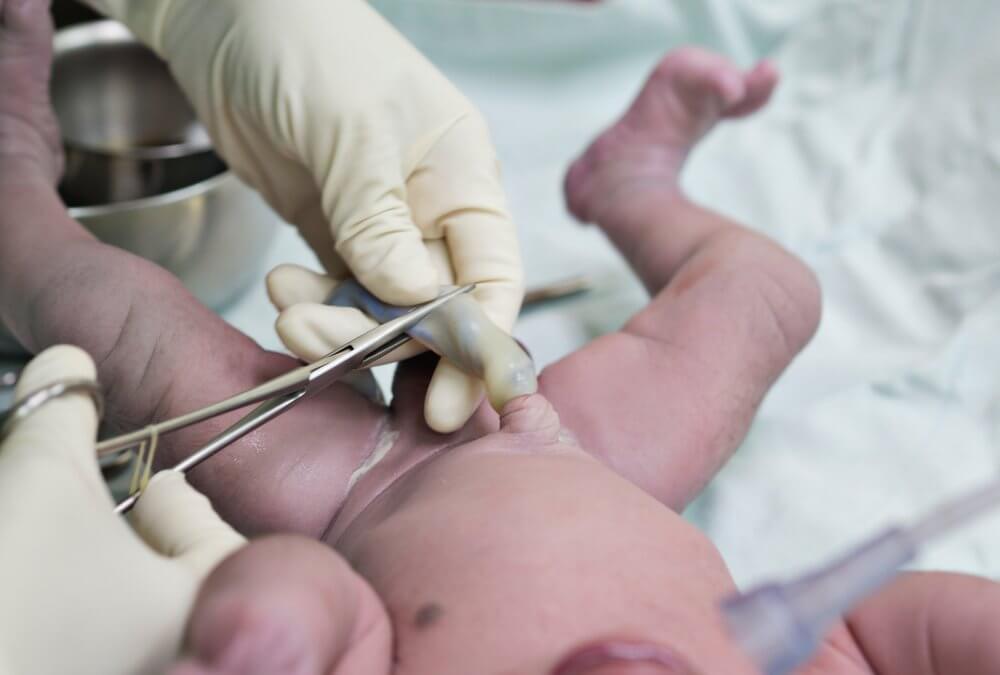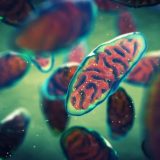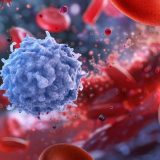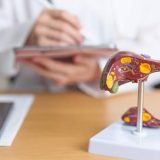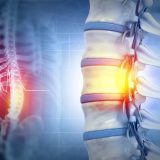When you’re pregnant, you may be considering what you can do with your baby’s placenta and umbilical cord after birth. You might have heard of delayed cord clamping or even optimal cord clamping, as well as the possibility of storing the leftover blood from your baby’s umbilical cord, which is rich in stem cells. This is known as cord blood banking. Can these choices work together? Do you have to pick one or the other? Read this guest post by practicing Midwife, Angie Willis @theecomidwife to learn more.
What is Delayed Cord Clamping?
Previously, due to the increasing medicalisation of birth, it was common to cut and clamp the cord immediately. Over the last 20 years, however, more research has highlighted the benefits of leaving the cord attached to your baby after birth. When your baby is born, if you choose to delay the cord clamping, blood will continue to be pumped into your baby from the placenta through the cord until either it is cut or the placenta is delivered.
You will have three options when your baby is born;
-
Immediately clamp and cut the cord – no longer recommended. This may happen in the uncommon event of a baby needing resuscitation after birth. Ideally, this would be done attached to the cord. Still, most resuscitaires are separate from where the woman births and mattresses aren’t firm enough to maintain a good open airway in a baby in a hospital setting – and cords are only so long. In a home birth, if a woman is not in a pool of water or able to get out quickly, resuscitation can and should happen attached to the cord as long as there is enough room to provide the resuscitation, and there is a flat surface available.
-
Delayed cord clamping of around a minute or slightly longer – this is the recommended time from national guidelines like NICE, the resuscitation council, and both the RCM and RCOG for all babies to have, to aid the transition and to optimise iron levels, and have the benefits of delayed cord clamping.
-
Optimal cord clamping or ‘waiting for white‘ – The benefit of this is that all the placenta’s blood returns to your baby. Your baby receives all of the blood from the cord. Having all the benefits of optimum cord clamping can aid the delivery of your placenta, particularly if you have a physiological 3rd stage. Some cords can continue pulsating for as little as 4/5 minutes after birth – sometimes as long as 30-40 minutes for longer cords.
We recommend talking to your doctor and midwife for further information, but the length of time you wait is your choice if you and your baby remain well. The other alternative sometimes performed is umbilical cord milking, particularly if less than 1 minute of delayed clamping is undertaken. Cord milking is associated with higher haemoglobin (iron levels) at 6 weeks after birth than no cord milking when cord clamping
is one minute or less in length.
The benefits of delayed cord clamping
For most babies, the World Health Organisation recommends delayed cord clamping. This is also the position of the National Institute for Health and Clinical Excellence (NICE) in the UK, which aims to put “science and evidence at the heart of health and care decision making”, for example, in the National Health Services (NHS).
The benefits of delayed cord clamping are:
- Higher haemoglobin concentration (more oxygen in the blood).
- More iron in the blood essential for infant brain development for up to 12 months postpartum.
- Higher birthweight.
- Better blood pressure.
- More stem cells which support growth and a developing immune system.
- Improved fine motor skills at 6 months old.
- Reduced pain during suturing of tears for the mother.
- Reduced blood loss for the mother after delayed cord clamping.
In addition, delayed cord clamping for pre-term babies under 34 weeks improves survival by 33%! It also reduces:
- The number of babies needing transfusions for anaemia.
- Better circulation.
- Reduced chance of intraventricular haemorrhage.
- Reduced chance of necrotising enterocolitis.
- Late-onset sepsis.
Risks associated with delayed cord clamping:
Previously, delayed cord clamping was thought to increase bleeding for women, but research has found this not to be true. Similarly, previous reviews found a much higher incidence of neonatal jaundice postnatally. More recent studies have found much smaller differences in jaundice rates at 3-5 days and in phototherapy rates (the most common treatment for jaundice) between those babies who had delayed or deferred cord clamping and those who did not. The most recent review also shows there was limited data to compare the other known risk factors for jaundice between the groups – highlighting that there may be biases in the delayed cord clamping groups, showing the small increased chance of jaundice than when compared to immediate cord clamping.
In most cases, if your baby has jaundice, it will get better within 10 to 14 days after birth, and it usually improves without treatment.
Jaundice happens because the additional red blood cells your baby needed inside you to have enough oxygen to grow and thrive during pregnancy and help them cope during labour is broken down after birth. A by-product of this is bilirubin, which is excreted via the baby’s urine and poo. If the levels become too high, the bilirubin can cross the blood brain barrier, which can have poor outcomes. Still, the chances of this in the UK are incredibly rare thanks to postnatal care and checks and having further tests like TBRs (a non-invasive light test to see how much bilirubin there is in the skin) or SBRs (a blood test to see how much bilirubin there is in the blood). Babies’ bilirubin levels are closely monitored after birth. If it is considered too high, they can be treated with lights to help the body break down excess bilirubin and remove it more easily. Regular feeding, good latch and attachment are all key to preventing and reducing the amount of jaundice. Feeding helps the excretion of the bilirubin in the urine and poo of the baby. Prematurity, birth before 39 weeks and feeding difficulties have a much higher prevalence of jaundice than delayed cord clamping is considered by midwives when undertaking postnatal care.
Are there times when delayed or optimal cord clamping cannot be done?
Yes, in emergency situations. This includes when there has been a placental abruption (where the placenta has come away from the uterus in labour), where there has been a vase previa which has been ruptured or where there is postpartum haemorrhage (the woman is bleeding too much). Similarly, if neonatal resuscitation is required without a
bedside resuscitaire in the unit or unable to have a safe space to perform resuscitation attached to the cord.
Is delayed cord clamping compatible with cord blood banking?
Cord blood banking is the process of taking the blood left in the umbilical cord once the baby is born and the cord is cut. It is a non-invasive process that will not impact your birth plan or your ability to bond with baby after birth. Cord blood collection only takes the blood that would otherwise become medical waste. Delayed cord clamping is compatible with cord blood collection and banking. Due to the delay, there may be less blood to collect if you defer cord clamping. However, you can still store what is left over. At this stage, we recommend CellsPlus, which is unique to Cells4Life and powered by patented TotiCyte technology. CellsPlus can recover up to 3x the amount of stem cells per cord blood collection when compared to other cord blood banking providers – so you can do more with less.
Conclusion
Delayed cord clamping and optimal cord clamping can impact the blood available for cord blood collection. After optimal cord clamping, the sample’s volume may be too small for processing or may not contain enough cells for therapeutic use, depending on the processing method used. Choosing Cells4Life’s CellsPlus, even smaller volumes of blood can be processed, delivering up to 2 to 3 times more stem cells at the point of treatment than other services available in the UK.
References
Herold, Abele, Graf (2023)
McDonald SJ, Middleton P, Dowswell T, Morris PS. Effect of timing of umbilical cord
clamping of term infants on maternal and neonatal outcomes. Cochrane Database of Systematic Reviews 2013, Issue 7. Art. No.: CD004074. DOI:
10.1002/14651858.CD004074.pub3. Accessed 25 August 2023
Shao, H., Gao, S., Lu, Q. et al. Effects of delayed cord clamping on neonatal jaundice,
phototherapy and early haematological status in term cesarean section. Ital J Pediatr 47, 115
(2021). https://doi.org/10.1186/s13052-021-01069-6
